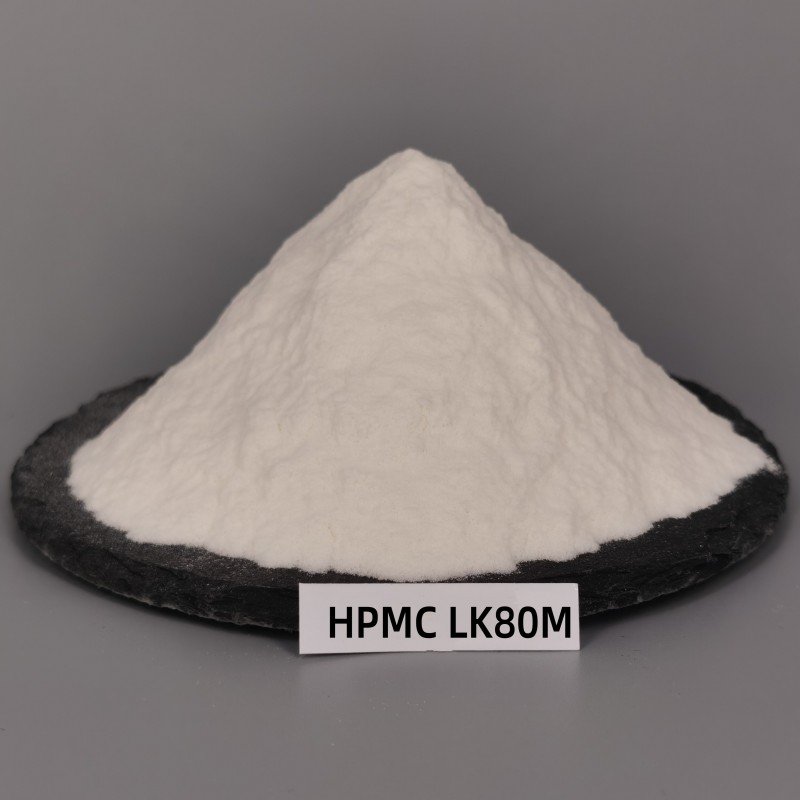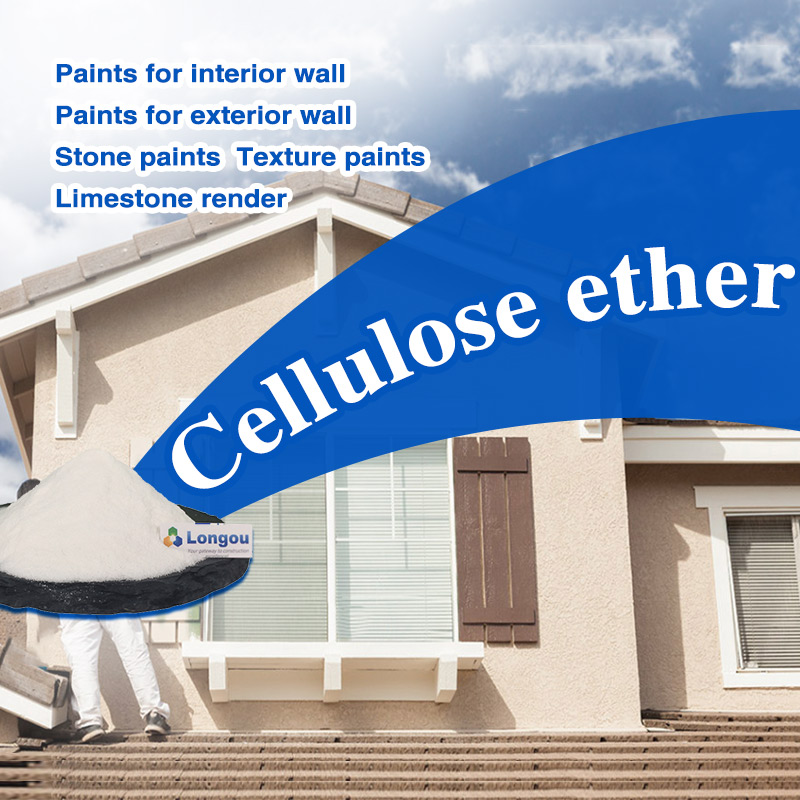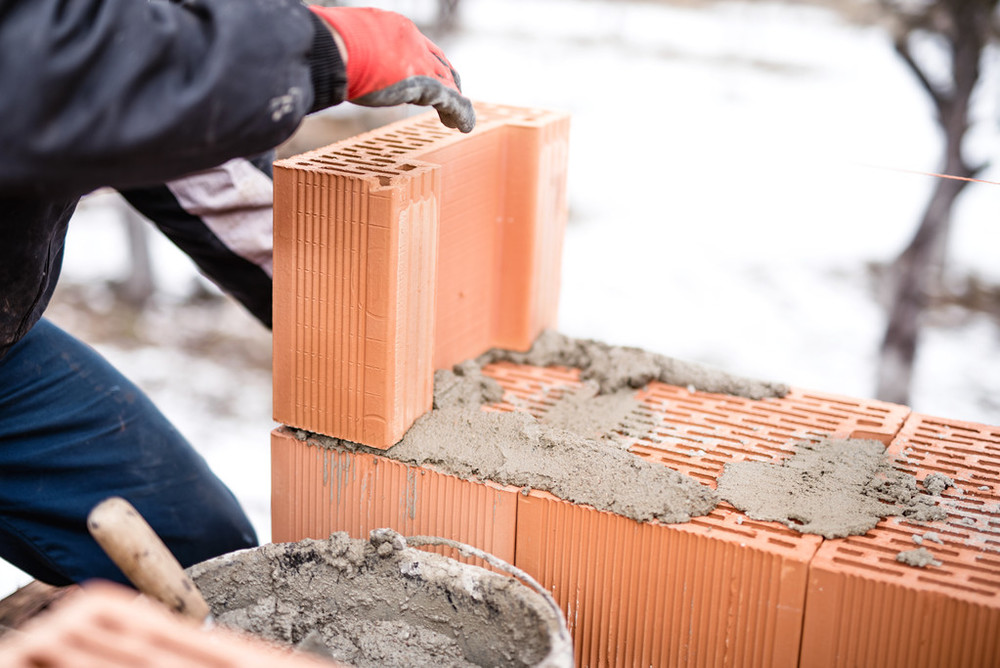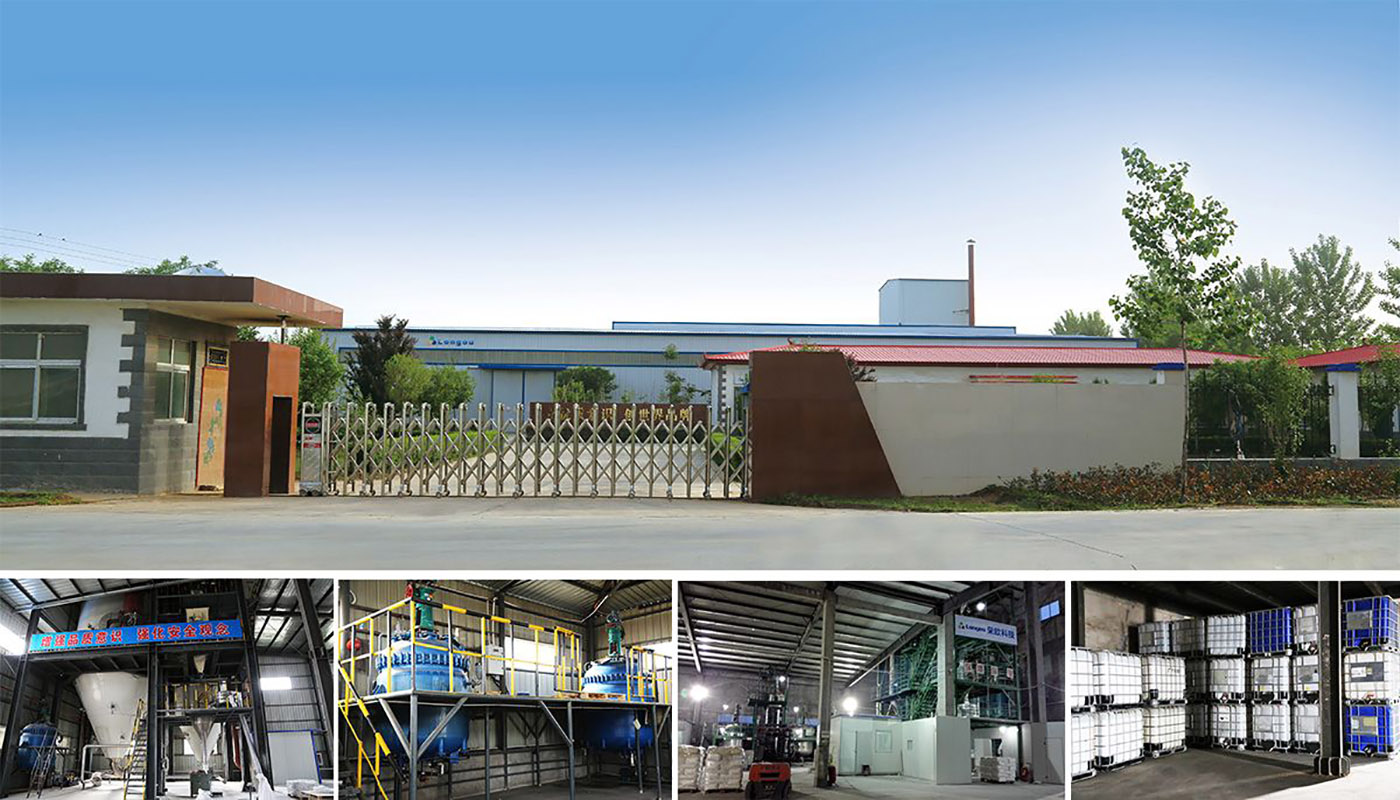Cellulose Ether– Thickening and Thixotropy
Cellulose etherendows wet mortar with excellent viscosity, which can significantly increase the adhesion between wet mortar and base layer, improve the anti flow performance of mortar, and is widely used in plastering mortar, ceramic tile bonding mortar, and exterior wall insulation system. The thickening effect of cellulose ether can also increase the anti dispersion ability and uniformity of fresh materials, and prevent material stratification, separation, and seepage. It can be used for fiber reinforced concrete, underwater concrete, and self compacting concrete.
The thickening effect ofcellulose etheron cement-based materials comes from the viscosity of cellulose ether solution. Under the same conditions, the higher the viscosity ofcellulose ether, the better the viscosity of modified cement-based materials. However, if the viscosity is too high, it will affect the flowability and operability of the material (such as plastering knives). Self leveling mortar, self compacting concrete, etc. require high fluidity, and the viscosity of cellulose ether is very low. In addition, the thickening effect of cellulose ether will also increase the water demand of cement substrate and increase the production of mortar.
The aqueous solution of high viscosity cellulose ether has high thixotropy, which is also a characteristic of cellulose ether. The aqueous solution of methyl cellulose usually has pseudoplastic and non thixotropic flow properties lower than its gel temperature, but displays Newtonian flow at low shear rate. Regardless of the type and degree of substitution of substituents, pseudoplasticity increases with the increase of the molecular weight or concentration of cellulose ether. Therefore, as long as the concentration and temperature remain constant, cellulose ethers with the same viscosity grade (regardless of MC,HPMC, HEMC) always exhibit the same rheological properties. When the temperature rises, structural gel forms and high thixotropic flow occurs.
Cellulose ethermanufacturers tell you that cellulose ether with high concentration and low viscosity has thixotropy even under gel temperature. This property is very beneficial for the construction of mortar to adjust its leveling and sagging. It should be noted that the higher the viscosity ofcellulose ether, the better its water retention. However, the higher the viscosity, the higher the relative molecular weight of cellulose ether, and the corresponding decrease in its solubility. It has a negative impact on the concentration and processability of mortar.
Cellulose Ether- Delayed
Cellulose ethercan prolong the setting time of cement slurry or mortar, delay the hydration kinetics of cement, and improve the service life of fresh materials, thereby improving the consistency of slump between mortar and concrete. The degree of loss over time, but it may also delay the construction progress.
Post time: Aug-25-2023





